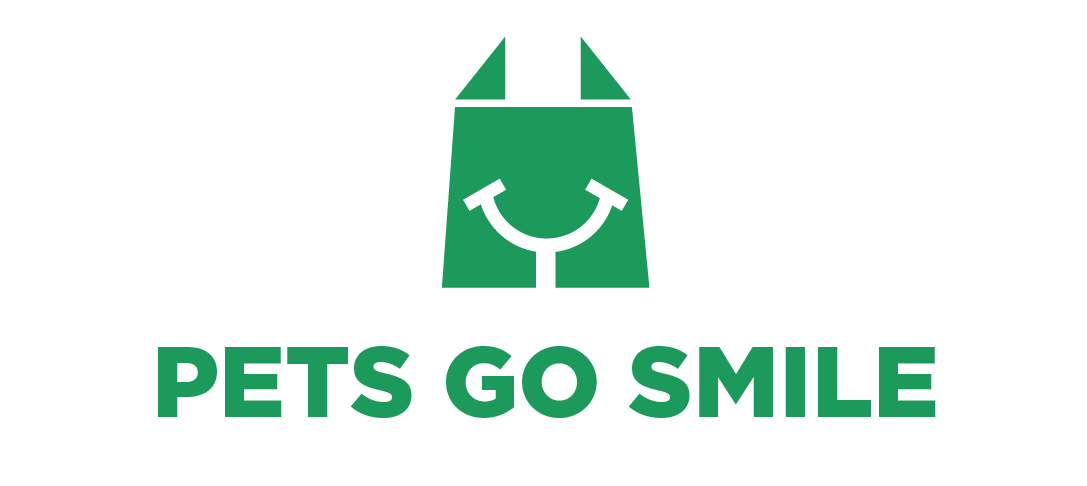In the pet supply industry, inventory management and cash flow are essential parts of running a successful business.
It involves tracking and then managing inventory and your stock levels in order to ensure that you have enough products on hand to meet customer demand without having too much excess inventory sitting around taking up space.
By using effective inventory management techniques, pet supply manufacturers can keep inventory value, maximize their profits and reduce costs associated with overstocking or understocking products.
Additionally, it helps them stay ahead of trends in the market and anticipate changes in customer needs so they can adjust their production accordingly.
With their sales channels and proper inventory management practices, pet supply companies can remain competitive while providing quality products at competitive prices.
The Challenges of Inventory Management in the Pet Supply Industry

Seasonal and customer demand fluctuations in the pet supply industry
The pet supply industry is highly affected by seasonal and customer demand fluctuations. During the summer months, pet owners often purchase more outdoor supplies such as toys, pools, and agility equipment.
In the winter months, customers tend to focus on warmer clothing items such as sweaters and coats for their pets.
Additionally, customer demand in this industry can also be affected by socio-economic factors such as the size of disposable incomes.
This means that pet supply companies must constantly monitor the market and adjust their inventory levels accordingly.
It can be a challenge for pet manufacturers to stay ahead of these changes and ensure they have enough stock on hand so that customers are not left disappointed when looking for products.
Shelf life considerations for perishable items
Shelf life considerations for perishable items are an important factor for pet supply manufacturers.
Many pet products such as food, treats, and supplements have a limited shelf life and must be replaced or discarded once the expiration date has passed.
In order to ensure that customers are able to purchase fresh products, pet suppliers must take into account shelf life and shipping costs when calculating their inventory levels.
In addition, pet food manufacturers must pay attention to the expiry date of each item and keep track of which products need to be rotated in order to ensure that customers are able to purchase fresh products.
Inventory visibility and accuracy
Inventory visibility and accuracy are crucial for pet supply companies in order to ensure that they have the right products on hand at all times.
This involves having a clear understanding of where each item is located as well as its quantity and availability.
Without accurate inventory data, it can be difficult to distribute inventory, anticipate customer needs and make adjustments when necessary.
In the pet industry, accuracy is especially important as pet owners rely on this information when determining where to purchase their supplies.
Strategies for Optimizing Inventory Management in the Pet Supply Industry

Demand forecasting and data analysis
In order to optimize inventory management in the pet supply industry, manufacturers must utilize historical data and trends.
Demand forecasting and data analysis are two key strategies that can help companies stay ahead of customer demand fluctuations.
By analyzing past sales patterns, they can make more accurate predictions about future orders and adjust their production accordingly.
Examining seasonal forecasting demand trends helps them anticipate changes in customer needs so they can better plan for upcoming seasons.
Accurate inventory visibility is also essential as it allows companies to track inventory, where each item is located, and how many are available at any given time. With this information, they can ensure that customers have access to fresh products when needed.
Implementing demand planning software also helps pet supply companies to better manage their inventory levels.
This inventory management software allows them to track all of their products in real-time and adjust production based on customer demand.
Having access to up-to-date information gives manufacturers the ability to make more informed decisions about their own live inventory management, and react quickly if changes are required.
Efficient order management
Establishing reorder points and safety stock levels in the pet industry is also essential for efficient inventory management.
Reorder points are the minimum quantity levels at which pet supply manufacturers will order new stock to replenish their inventory.
Safety stock is a buffer that helps protect against unexpected customer demand or supply chain disruptions.
One good practice is automating the replenishment process by setting up alerts when stock levels reach the reorder point. This helps ensure that there is enough inventory on hand to meet customer needs without having too poor inventory flow or much stock sitting idle.
Having an efficient order management process in place also ensures that pet supply manufacturers are able to track orders efficiently and reduce costs associated with excess or duplicate orders.
Streamlining supply chain processes
Collaborating with suppliers for timely deliveries is another important factor for optimizing inventory management in the pet and supply chain management industry.
When manufacturers have a streamlined relationship with their suppliers, it allows them to track orders more effectively and adjust production as needed.
This helps reduce costs associated with late deliveries or disruptions in the supply chain and ensures that customers always have access to fresh products when needed.
Implementing vendor-managed inventory (VMI) systems in the pet supply industry can also help streamline the ordering process and reduce logistics costs further.
Pet supply companies can make use of VMI systems to monitor their inventory levels in real-time. This helps their suppliers with any inventory issues and adjusts production to ensure that the shelves are well-stocked with fresh products.
For example, if a pet supply company notices that demand for a certain product is increasing, they can quickly inform their suppliers and have them adjust production accordingly.
This ensures that customers always have access to the products that they need.
Embracing technology solutions

As pet supply manufacturers continue to grow, it’s important for them to stay ahead of the curve and embrace technology solutions that can help optimize their inventory management.
With the right tools in place, pet toy companies, vet clinics, pet food businesses, and other pet supply stores can improve their operations by streamlining processes, increasing accuracy, and reducing costs.
By improving visibility into their stock levels at all times from one central hub, they are better able to make informed decisions about ordering more supplies or reallocating resources.
Additionally, utilizing automated systems such as barcode scanners and RFID tags can help ensure greater accuracy when tracking products throughout their entire lifecycle – from production to distribution and beyond.
Automated systems also enable manufacturers to monitor inventory levels in real-time so they know exactly what is available at any given moment – allowing them to meet customer demand quickly while avoiding unnecessary costs associated with overstocking or understocking items.
Implementing barcode scanning and RFID technology can also speed up the checkout process, helping pet supply stores move customers through their stores quickly while keeping track of sales trends.
Optimizing inventory management with the right technology solutions is essential for pet supply manufacturers and retailers to stay competitive and reduce costs in today’s market.
With these tools in place, businesses can streamline processes, increase accuracy, and improve customer satisfaction – all while saving time and money.
By investing in the right technology, pet supply manufacturers can leverage their inventory management to use it as a competitive advantage over other businesses in the industry.
Best Practices for Effective Inventory Optimization Management in the Pet Supply Industry

Regularly monitor and analyze inventory performance metrics
Regularly monitoring and analyzing inventory performance metrics and reducing shipping costs is essential for any pet supply manufacturer.
Knowing which products are moving quickly, which items have low demand, and how to adjust product pricing can help pet suppliers maximize profits and optimize their inventory levels.
By taking the time to review sales data, stock levels, and customer feedback, companies can make educated decisions that will help them better understand their target market and adjust their inventory accordingly.
Collaborate with suppliers and partners for better supply chain visibility
Collaborating with suppliers and partners can provide pet supply manufacturers with a competitive edge and better visibility throughout the entire supply chain.
This type of collaboration allows pet companies to stay ahead of trends, anticipate customer needs, and plan for future demand.
Through strategic partnerships, companies can work together to eliminate delays in shipments, keep inventory levels up-to-date, and ensure that orders are fulfilled in a timely manner.
Implement robust inventory control policies and procedures
In order to optimize inventory management and improve cash flow, pet supply manufacturers must implement robust inventory control policies and procedures.
These policies should include guidelines for product ordering, stock levels, and security measures.
Having a detailed inventory control system in place can help companies keep better track of their products and ensure that they are always well-stocked with the items needed to meet customer demand.
Embrace a continuous improvement mindset
Finally, pet supply manufacturers should embrace a continuous improvement mindset.
By taking the time to review sales data and customer feedback regularly, companies can adjust their inventory levels accordingly and make sure that they are always well-stocked with items that customers want.
This type of proactive approach can help pet suppliers stay ahead of trends, anticipate customer needs, and maximize their profits.
By following these best practices, pet supply manufacturers can ensure that their inventory levels are optimized to meet customer demand.
With the right strategy in place, companies can streamline their processes, storage costs and improve their bottom line in the long run.
Takeaways
In today’s competitive pet supply industry, it is essential for manufacturers to optimize their inventory management in order to stay ahead of the curve and remain profitable.
By embracing technology solutions such as barcode scanners and RFID tags, leveraging strategic partnerships with suppliers, implementing robust inventory control policies and procedures, and taking a continuous improvement mindset when reviewing sales data and customer feedback – pet supply companies can keep their shelves well-stocked while maximizing profits.
With the right strategy in place, businesses can streamline processes, increase accuracy, and improve customer satisfaction – all while saving time and money.

